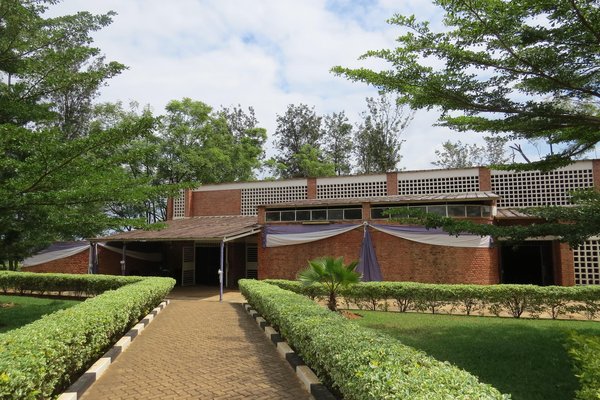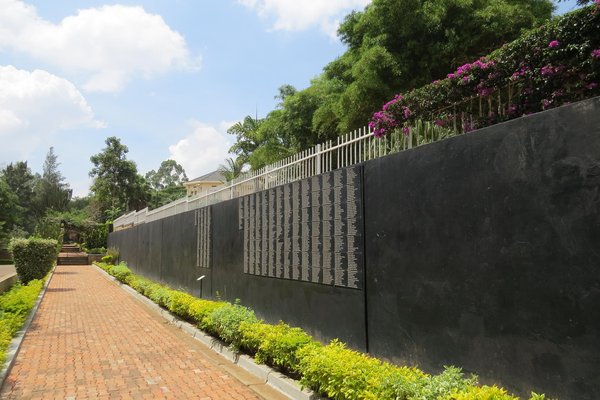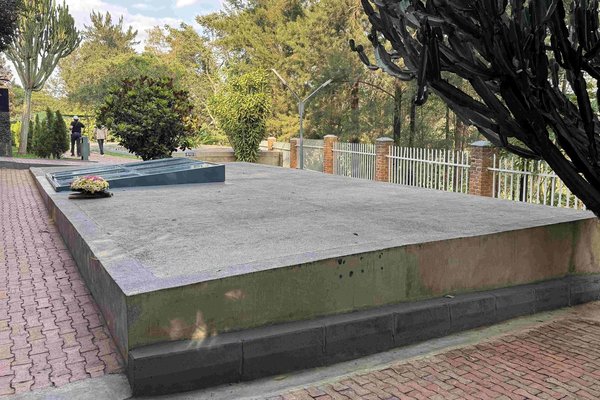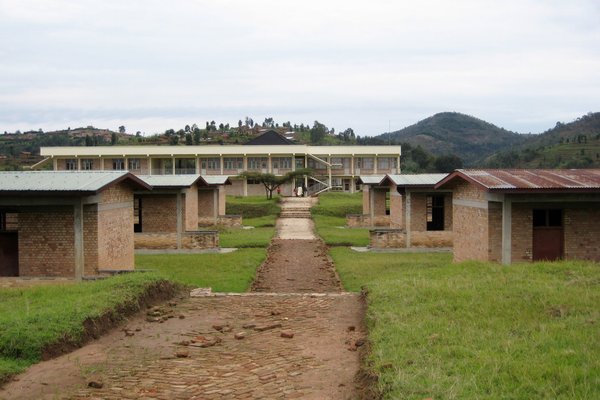Rwanda
Memorial Sites of Genocide
The Memorial sites of the Genocide: Nyamata, Murambi, Gisozi and Bisesero are sites of remembrance of the genocide against the Tutsi population in 1994.
They comprise a church, a school and a hill where atrocities have occurred and tangible remains are left (buildings, weapons and graves). It also includes the main Genocide Memorial Center in Kigali. The sites serve an educational purpose for the Rwandans and the international community.
Community Perspective: of the 4 inscribed components, Solivagant visited Murambi and Els Nyamata, and both saw the Memorial in Kigali. It is recommended to visit at least one of the sites outside of Kigali to hear the local story.
Site Info
Official Information
- Full Name
- Memorial sites of the Genocide: Nyamata, Murambi, Gisozi and Bisesero (ID: 1586)
- Country
- Rwanda
- Status
-
Inscribed 2023
Site history
History of Memorial Sites of Genocide
- 2023: Advisory Body overruled
- ICOMOS had advised Deferral
- 2023: Inscribed
- Inscribed
- 2020: Not discussed
- Dossier complete, but discussion put on hold until after recent conflicts working group.
- 2019: Incomplete - not examined
- Type
- Cultural
- Criteria
- vi
Links
- UNESCO
- whc.unesco.org
- Related
-
- kgm.rw — Kigali Genocide Memorial
All Links
UNESCO.org
- whc.unesco.org — whc.unesco.org/
Related Resources
- kgm.rw — Kigali Genocide Memorial
Community Information
- Community Category
- Human activity: Sites of Memory
Travel Information
Free entrance
Recent Connections
-
Mummies
Murambi: "in some of which the mummifie… -
Cemeteries
"The hill of Gisozi in Kigali City host… -
WHS inscribed solely on Criterion VI
2023
Connections of Memorial Sites of Genocide
- World Heritage Process
- Human Activity
-
-
Thanatourist destination
-
Mummies
Murambi: "in some of which the mummified bodies and skulls and bones of victims are displayed" (AB ev) -
Memories of recent conflicts
Added as a WHS in 2023 after the lifting of the moratorium on registering sites of memory.
-
- Constructions
-
-
Cemeteries
"The hill of Gisozi in Kigali City hosts the Kigali Genocide Memorial built in 1999, where more than 250,000 victims have been buried" / "All four memorial sites are open to the public serving as cemeteries.." (AB ev)
-
- Timeline
-
-
Built in the 20th century
the Kigali Genocide Memorial was built in 1999 (AB ev)
-
- Visiting conditions
-
-
Free entrance
The sites are free of entrance, but especially at the Kigali Memorial Center you are expected to donate something or buy the audio tour.
-
News
No news.
Recent Visitors
Visitors of Memorial Sites of Genocide
- Adrian Turtschi
- Ammon Watkins
- amychemu
- Ask Gudmundsen
- Aspasia
- Bill Maurmann
- Boj
- Bram de Bruin
- brornt
- cwthong
- Danieljbromberg
- dave wood
- David Marton
- del
- Dennis Nicklaus
- Dolemite92
- DouglasR
- Elf21
- Els Slots
- Eva Kisgyorgy
- Felicité
- Gernot
- Harry Mitsidis
- IreneKD
- Janos
- Jeffrey Chai
- J_neveryes
- Kbecq
- Kjlauer
- Knut
- Kurt Lauer
- Loic Pedras
- Maja
- Malgorzata Kopczynska
- Mariam
- Mihai Dascalu
- Patrik_globe
- Philipp Leu
- Pieter Dijkshoorn
- Pink Bunny
- Piotr Wasil
- Potsdamer
- Randi Thomsen
- Roel Sterken
- Roman Bruehwiler
- sbshipway
- Shannon O'Donnell
- Solivagant
- Svein Elias
- Szucs Tamas
- Thomas Buechler
- Thomas van der Walt
- Tim Allen
- Truls Brekke
- Vanessa Buechler
- Waxwing
- Zoë Sheng
Community Reviews
Show full reviews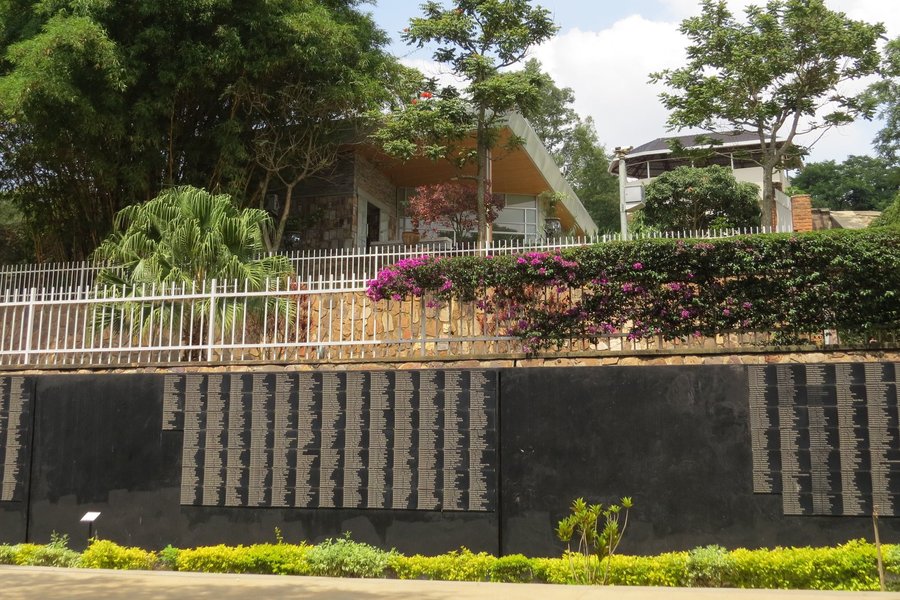
I visited Nyamata Genocide Memorial and Kigali Genocide Memorial in 2015.
Kigali Genocide Memorial is more of a museum than a "site". The Memorial Centre illustrates the unsanitized horrors of the genocide while being very respectful to the victims. Similarly, despite being a place borne out of profoundness sadness, the Centre also manages to express the optimism of the Rwandan people.
Nyamata is a quiet rural town, which can be visited as a day trip from Kigali. The now UNESCO designated site did not have a site guide when my friend and I visited. Indeed, the two of us were the only visitors. Inside the church were bloodied clothing of the victims. Similar to the other reviewer on this site, I did not feel comfortable taking photos inside the church.
To understand the anger-inducing callousness and failure of the outside world to prevent or reduce the human suffering that occurred in Rwanda, I recommend "Shake Hands with the Devil: The Failure of Humanity in Rwanda" by former Lieutenant-General Roméo Dallaire of the Canadian Forces.
Keep reading 0 comments
Rwanda has no WHS to date, and it saddens that the only entry on its Tentative List comprises the Rwandan Genocide Memorial Sites. The horrors of the Rwandan Genocide still determine the image of this small country, though it has come a long way since. The TWHS covers four locations connected with the memory of those 100 days in Spring and early Summer of 1994. Spread out over the country, they are: Nyamata (a church), Murambi (a school), Bisesero (a hill) and Gisozi (the main Genocide Memorial Center in Kigali).
On my first morninng in Rwanda I headed to the Memorial Museum of Gisozi. I got there on the back of a moto-taxi, the ubiquituous and very convenient mode of transport in Kigali. The Museum is guarded tightly, they wanted to see what I had in my backpack and pockets. Police and soldiers in the streets are a common sight in Rwanda, especially at intersections and government buildings. The Genocide Museum was opened in 2004 to commemorate the 10th anniversary of the Rwandan genocide. It consists of a building with several exhibits and an outdoor area. Admission is free but I payed 15 US dollar for an audio guide. They even had one with commentary in Dutch.
The exhibition centers mostly around information panels telling the story in Rwanda’s three national languages: Kinyarwanda, French and English. It makes clear that although the mass slaughter of Tutsis and moderate Hutus seemed like a short frenzy, a climate that has nurtured it …
Keep reading 0 comments
We visited Gisozi (then just called Kigali Genocide Memorial) and Murambi during a visit to Rwanda in Sept 2006. Like most tourists we were in Rwanda primarily to see Gorillas and other wild life but the “Genocide-related” sites were also of interest including places like the “Mille Collines” (aka “Hotel Rwanda”) and the Gacaca courts whose sessions in a village clearing we would often pass. Though whether these 4 sites deserve inscription is another matter!
The Kigali Memorial consists of a pleasant, but not particularly striking, modern building completed in 2004 (photo) , a surrounding cemetery and rose garden, together with a black stone memorial containing the names of up to 250000 victims buried in mass graves in the surrounding cemetery (as far as I am aware the deceased were brought there from surrounding areas rather than this being the site of a specific “massacre”). The building houses an exhibition about the Genocide as well as education and documentation centres (and a café!). It is on the list for every tourist to Rwanda but claims to be aimed at Rwandans as well, for education, remembrance, research and reconciliation purposes. I found the exhibition interesting and not too tendentious in its assignment of blame both long term (though Belgium does take a “bit of a beating” for developing the Hutu/Tutsi split!) and at the time, but the location and structure failed to generate, in me at least, any great impression.
Murambi was another matter altogether. The site consists of a school …
Keep reading 0 comments
